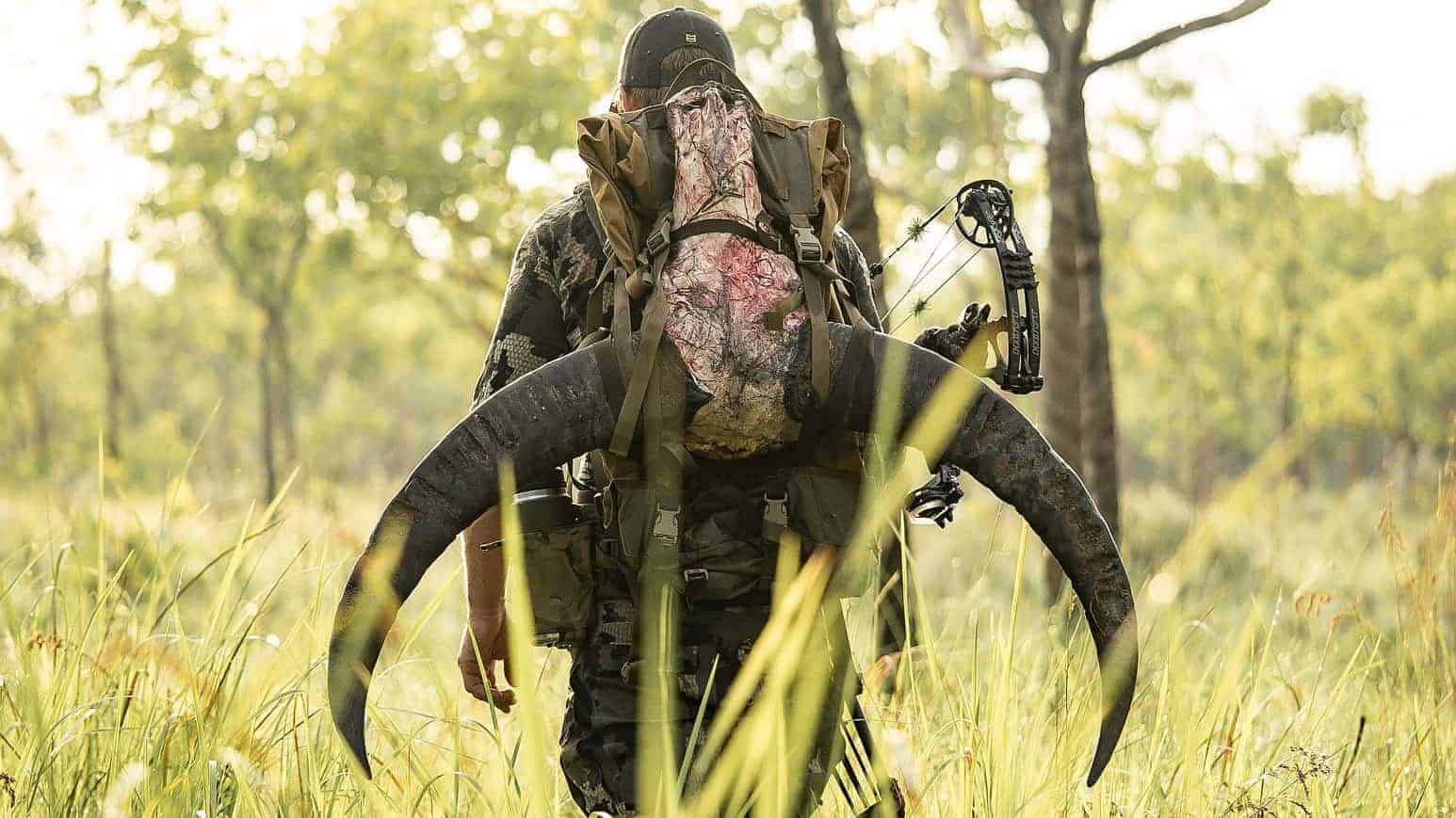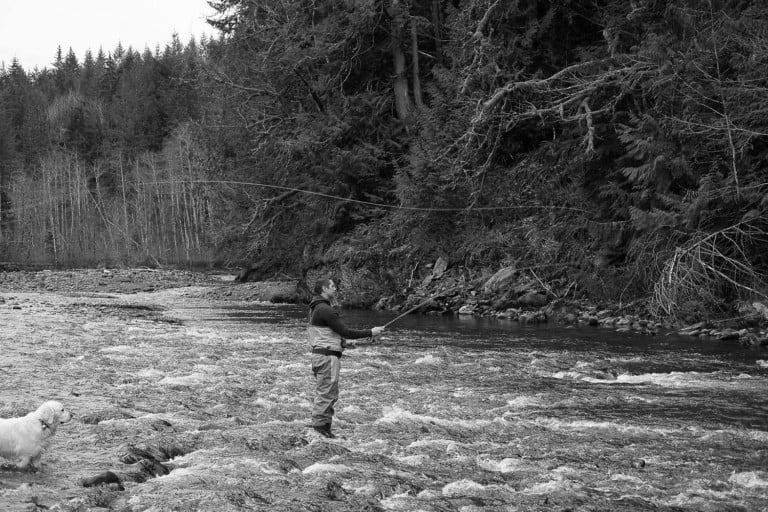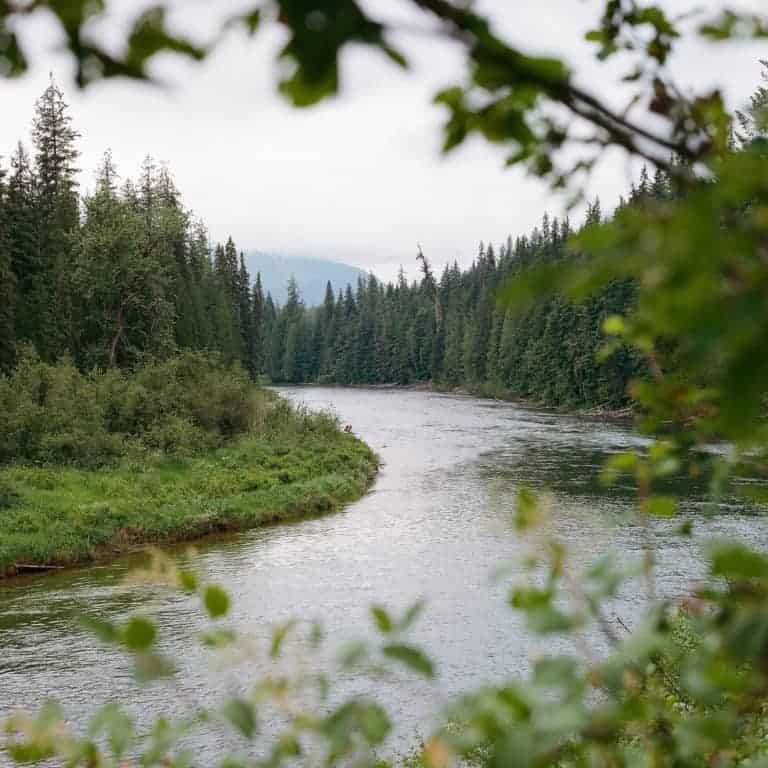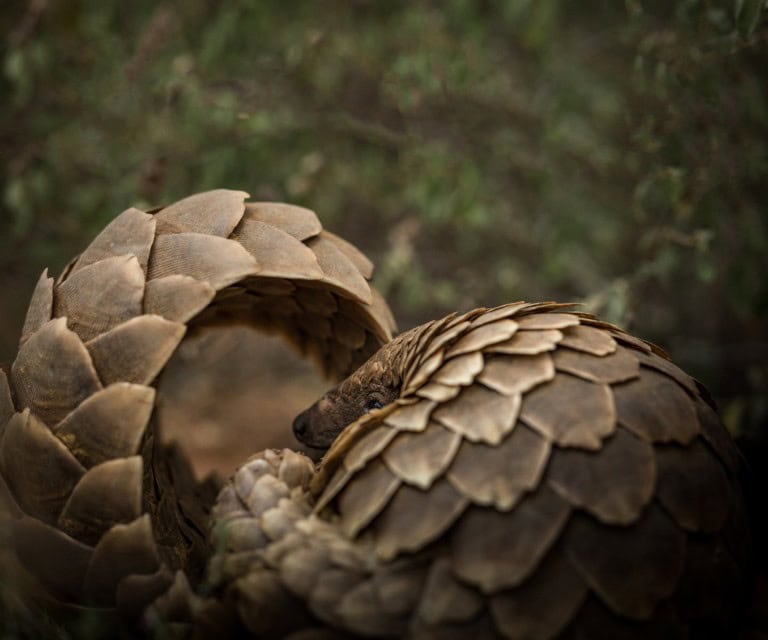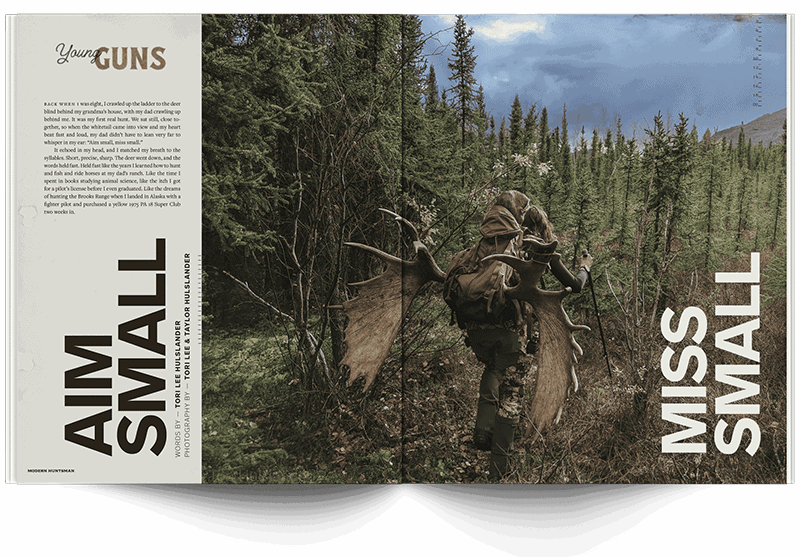Twice the size of Texas, and only home to roughly 200,000 residents, the Northern Territory of Australia is wild and untouched. There is no other state that encapsulates Australia’s character better, with its vast and unforgiving wilderness teeming with wildlife, unspoiled coastlines, crystal-clear waters, and white sandy beaches.
Commonly referred to as the “top end” due to its geographical location here in Australia, the Northern Territory (NT) really has only two seasons: wet and dry. The wet season, full of monsoonal rains and cyclones, runs from November through to April. The dry season, May through October, brings a cooler, drier period known for its wildfires and smoky skies. With an abundance of fish in the oceans and an overpopulation of game on the land, many of which are non-native species, the NT is an ideal place for hunting and fishing.
Bubalus bubalis, more commonly known as the water buffalo, has well and truly made the NT home. Introduced between 1825 and 1843, a total of 80 water buffalo were brought to remote settlements in the NT from Indonesia, intended to be reared for meat, used as transport, and aid agricultural production. Water buffalo are much more suited to the swampy wetlands and warm weather than beef cattle, and in the early 1900s when those settlements were abandoned, the water buffalo were left to breed and inhabit the swamps and freshwater springs of the area with little to no competition.
By the 1980s, the buffalo population had exploded, reaching an estimated 350,000. With the risk of a brucellosis or tuberculosis outbreak that could have had lethal implications on the growing beef cattle industry, the Northern Territory government issued an aerial cull on water buffalo, killing over 200,000 animals between 1979 and 1997. Since then, the population has once again spiked, as
